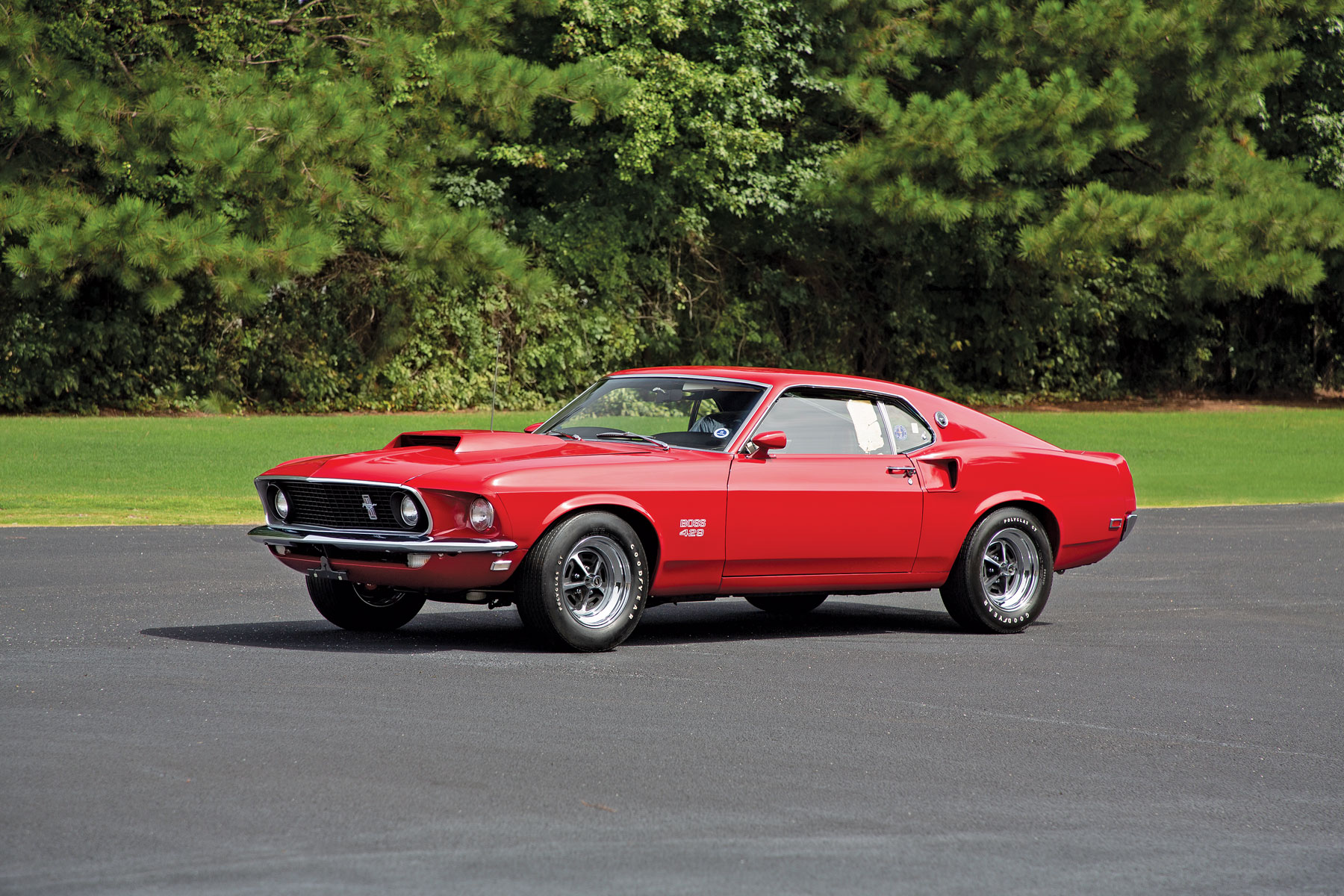- 429-ci OHV Q-code V8
- Holley 735 CFM 4-barrel carburetor
- 375 hp at 5,600 rpm
- 4-speed close-ratio manual transmission
- Competition coil-spring front suspension with Traction-Lok differential
- Less than 3,500 original miles
- Restoration by marque expert Bob Perkins
- Multiple award winner including Mustang Club of America “Triple Crown” in 1990
- Extremely well documented with original window sticker, Kar-Kraft inspection report and Marti Report
Chassis Number: 9F02Z172937

